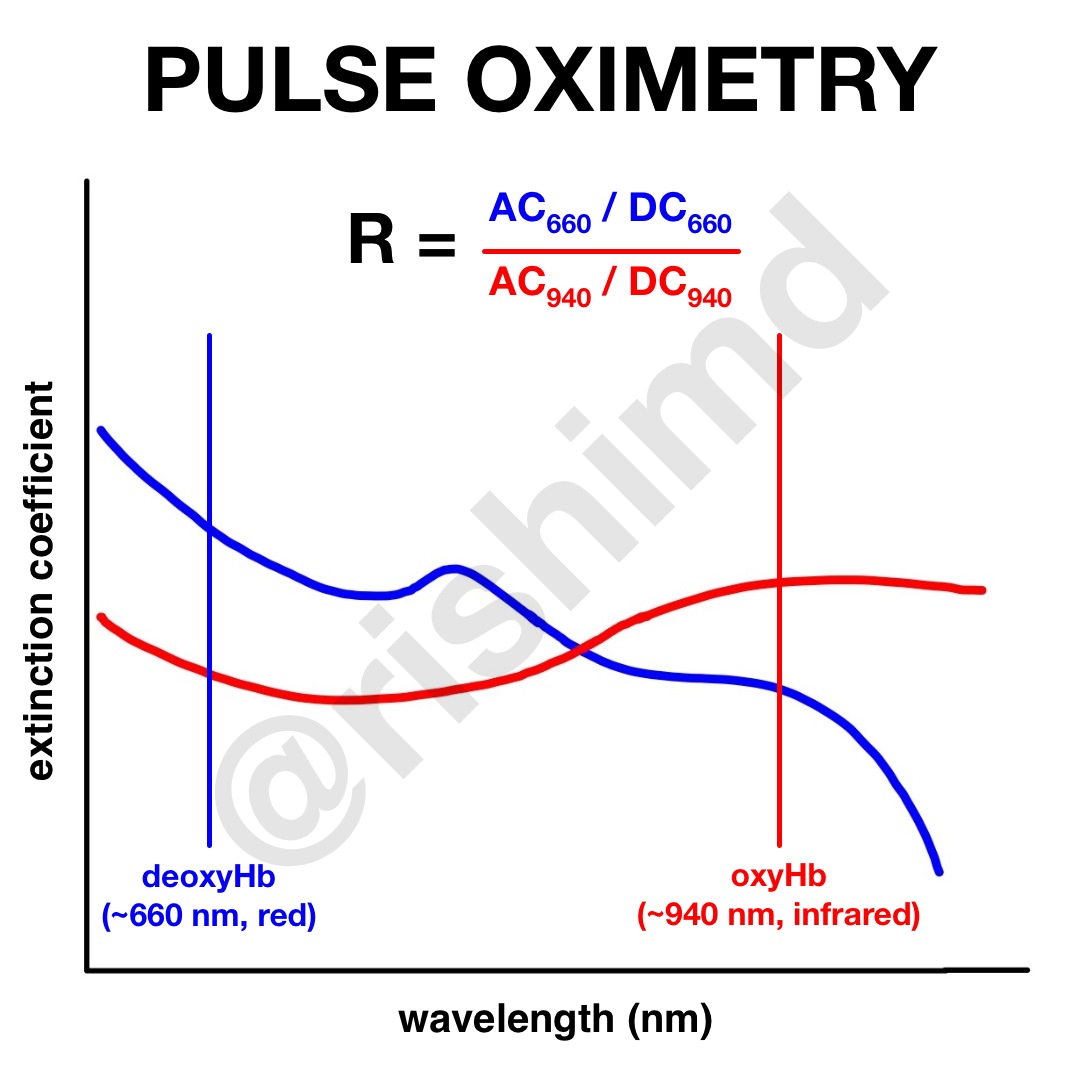We all know that we require oxygen permanently. (A few of you may find this section a little as well standard. In that instance, to avoid this brief area, click this web link to head to next section Physical buildings made use of in pulse oximetry) Oxygen gets in the lungs and afterwards is passed on into blood.
The major way oxygen is brought in our blood is by means of hemoglobin. The oxygen particles get into these cars and trucks and travel around the body till they reach their destination.
The hemoglobin with oxygen, we will call oxygenated hemoglobin (oxy Hb). Oxygen saturation merely refers to the percentage of the offered hemoglobin that lugs oxygen. The oxygen saturation is as a result 0 %.
Oxygen Level Meter Things To Know Before You Buy
Likewise for 75 % As well as of course, when all the Hb have oxygen, the saturation is 100 % So in summary, oxygen saturation informs you the portion of the total hemoglobin that is bring oxygen. Physical residential or commercial properties utilized in pulse oximetry Pulse oximetry makes use of light to function out oxygen saturation.
If a finger is positioned in between the light as well as the light detector, the light will now need to go through the finger to reach the detector. Component of the light will be taken in by the finger as well as the part not soaked up gets to the light detector. The quantity of light that is absorbed by the finger depends upon numerous physical buildings as well as these homes are utilized by the pulse oximeter to determine the oxygen saturation.
2. All the above will be clarified in the following areas: The physical residential properties that a pulse oximeter utilizes will certainly be described utilizing the probe shown listed below.
The Greatest Guide To Oxygen Level Machine

Above the finger are the lights that release light. In the finger is an artery which lugs the blood the pulse oximeter wants as well as a vein where the blood leaves the finger. Listed below the finger is the light detector. Physical residential property No. 1: Quantity of light absorbed is symmetrical to the concentration of the light absorbing compound Hemoglobin (Hb) soaks up light.
In the representation listed below, the blood vessels in both fingers have the same size. However, one blood vessel has a reduced Hb concentration (i. e. low variety of Hb in each unit quantity of blood) and also the various other capillary has a high Hb concentration (i. e. high variety of Hb in each unit quantity of blood).
This building is explained in a law in physics called "Beer's Law". Beer's Regulation: Amount of light soaked up is proportional to the focus of the light taking in substance By measuring just how much light gets to the light detector, the pulse oximeter recognizes just how much light has been taken in. More the Hb in the finger, even more is the light absorbed.
The Facts About Oxygen Saturation Monitor Uncovered
2: Quantity of light soaked up is symmetrical to the size of the light course. The light released from the resource has to travel with the artery.
Though the focus of Hb coincides in both arteries, the light satisfies even more Hb in the bigger artery, considering that it travels in a longer course. Longer the path the light has to travel, a lot more is the light absorbed. This building is defined in a legislation in physics called "Lambert's Law".
Physical home No. 3: oxyhemoglobin takes in more infrared light than red light & deoxyhemoglobin absorbs more traffic signal than infrared light (this is explained listed below!) We have seen exactly how focus and light course influence the absorbance of light. In enhancement to these, the pulse oximeter takes advantage of one more essential building to compute oxygen saturation.
Our Oximeter Machine Ideas
All light is composed of waves. Light wavelengths are really short, and also the system of measurement is nanometer (nm) (1 meter = 1,000,000,000 nanometers!).
About the author